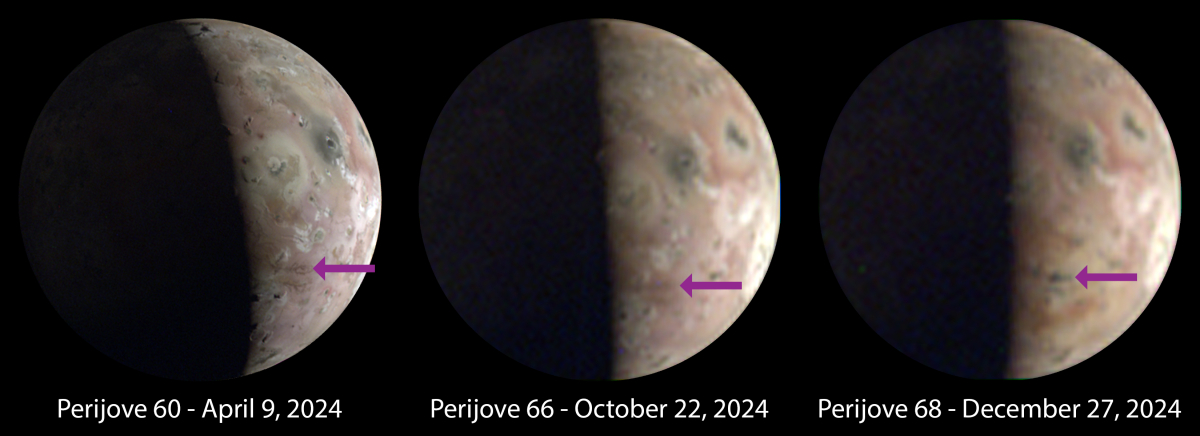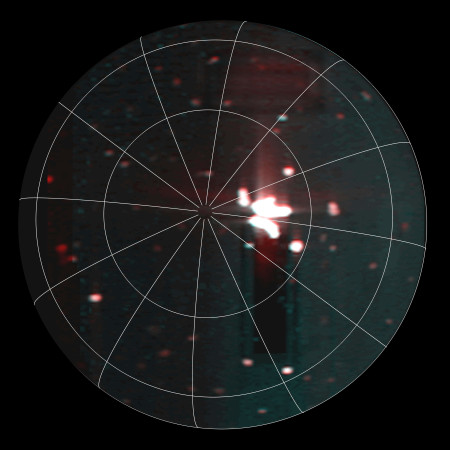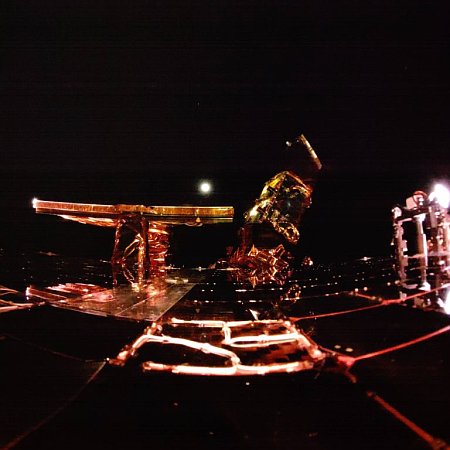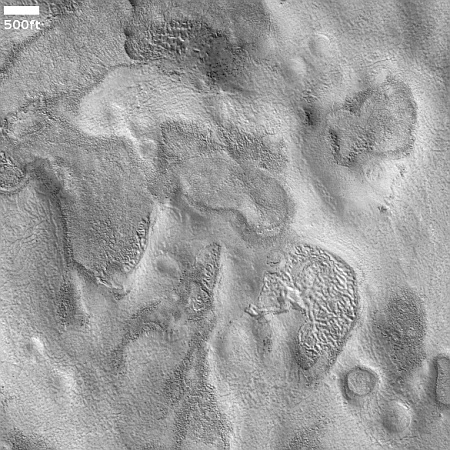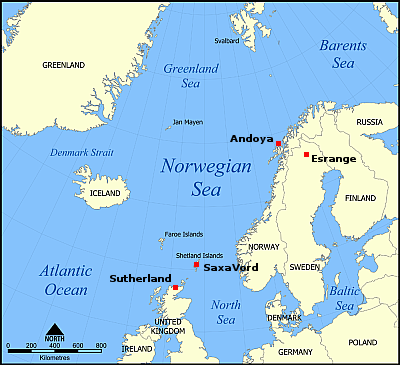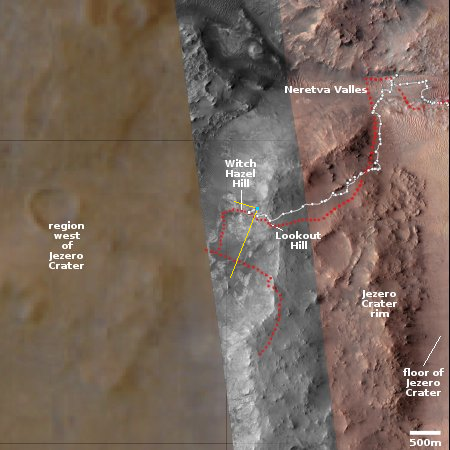Apple joins T-Mobile’s project to use Starlink satellites as orbiting cell towers
In releasing a new update on its Iphone operating system, Apple quietly revealed that it has joined T-Mobile’s partnership with SpaceX to use a subconstellation of Starlink satellites with direct-to-cellphone capability, thus acting as orbiting cell towers to fill in gaps in T-Mobile’s service.
Originally spotted by Bloomberg, it seems that Apple has secretly worked with SpaceX and T-Mobile U.S. to provide an alternative satellite service. This is quite a surprise, as T-Mobile had previously specified Starlink as an option for Samsung phones, like the Galaxy S25 Ultra and the Galaxy Z Fold 6. Meanwhile, Apple has an in-house Satellite connection service due to a partnership with Globalstar Inc.
However, the Bloomberg report states that a select number of iPhone users have been able to enable the Starlink beta through T-Mobile. While we don’t know which models will be compatible as of yet, T-Mobile told Bloomberg that the full release will support the vast majority of iPhones.
The system is being tested right now, but still requires FCC license approval.
In releasing a new update on its Iphone operating system, Apple quietly revealed that it has joined T-Mobile’s partnership with SpaceX to use a subconstellation of Starlink satellites with direct-to-cellphone capability, thus acting as orbiting cell towers to fill in gaps in T-Mobile’s service.
Originally spotted by Bloomberg, it seems that Apple has secretly worked with SpaceX and T-Mobile U.S. to provide an alternative satellite service. This is quite a surprise, as T-Mobile had previously specified Starlink as an option for Samsung phones, like the Galaxy S25 Ultra and the Galaxy Z Fold 6. Meanwhile, Apple has an in-house Satellite connection service due to a partnership with Globalstar Inc.
However, the Bloomberg report states that a select number of iPhone users have been able to enable the Starlink beta through T-Mobile. While we don’t know which models will be compatible as of yet, T-Mobile told Bloomberg that the full release will support the vast majority of iPhones.
The system is being tested right now, but still requires FCC license approval.

